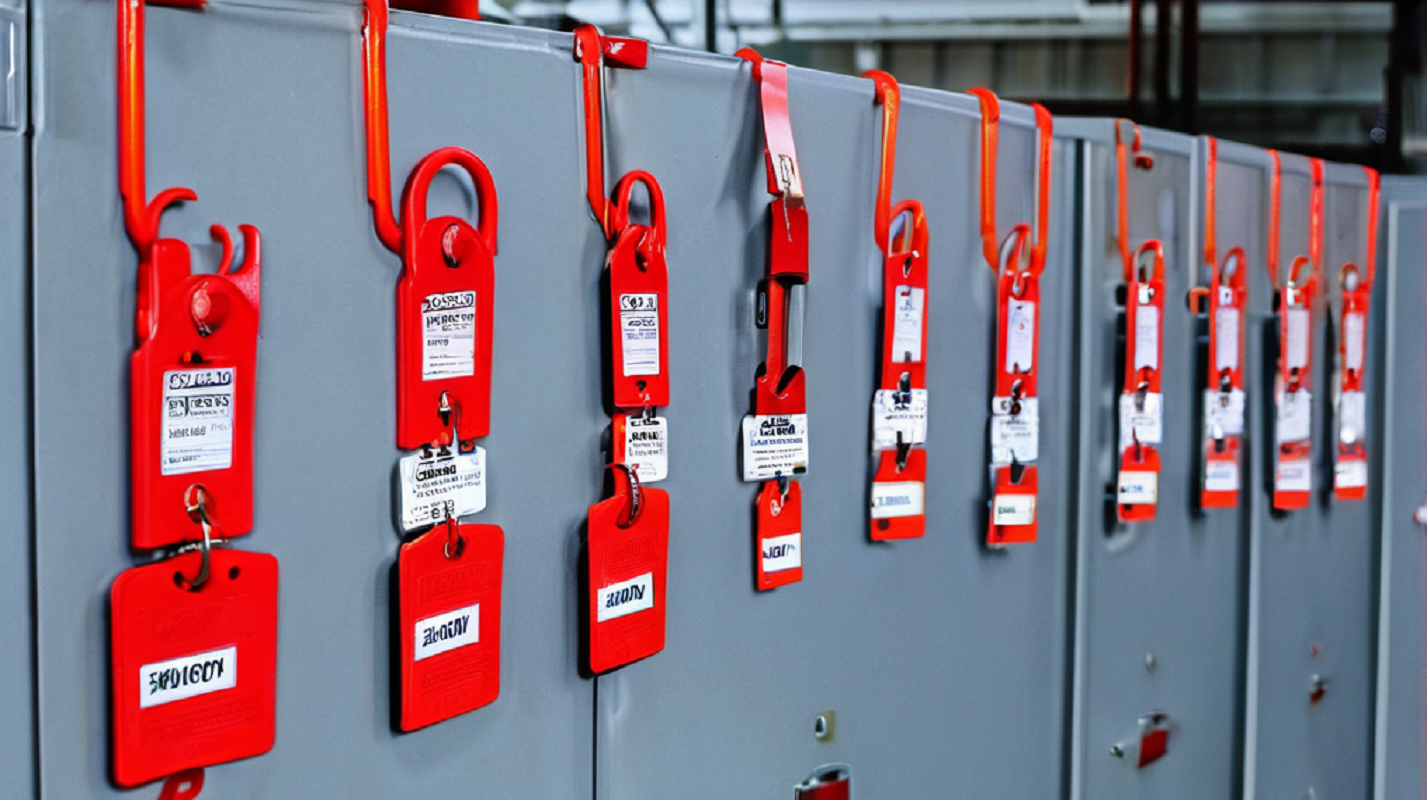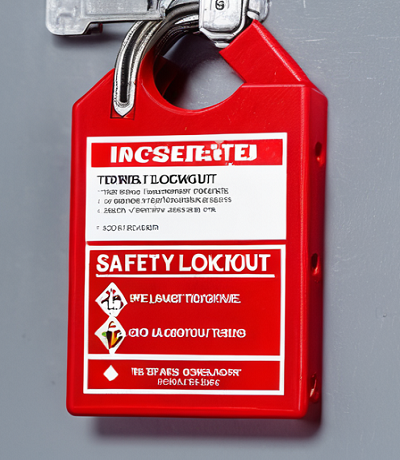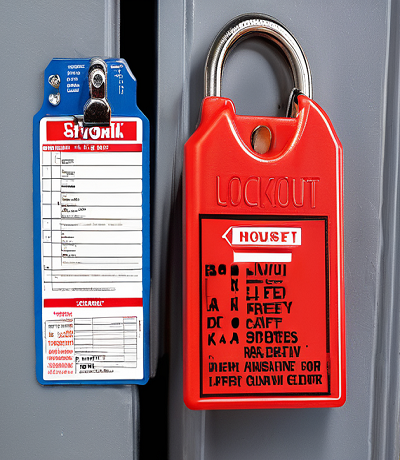
Introduction Lockout/tagout (LOTO) remains one of the most important, yet often underemphasized, elements of industrial safety management. SafeNsure—conceived as an integrated approach to LOTO—combines sound policy, rigorous procedures, employee engagement, and modern technologies to reduce energy-control incidents. This essay examines why LOTO matters, outlines core components of an effective SafeNsure program, addresses common challenges, and highlights how organizations can sustainably embed a culture that treats energy isolation as a nonnegotiable safety imperative.
Why Lockout/Tagout Matters Unexpected energy releases can cause severe injuries and fatalities. Machinery that appears inert can start unexpectedly when electrical, mechanical, hydraulic, pneumatic, thermal, chemical or other stored energies are not isolated, dissipated, or restrained. Regulatory frameworks around the world recognize this risk; LOTO rules exist to ensure authorized employees can safely de-energize and service equipment. Beyond compliance, effective LOTO programs prevent lost time incidents, avoid costly equipment damage, and reinforce trust among workers that their employer prioritizes safety.
Why Choose Our Services
Clear Policy and Leadership Commitment Executive commitment sets tone and allocates resources. A SafeNsure policy defines scope, responsibilities (for authorized employees, affected employees, and management), and minimum performance standards. Leadership must visibly support training, audits, and continuous improvement. Robust Written Procedures Procedures must be specific to equipment and energy sources. A general LOTO policy is insufficient; SafeNsure emphasizes machine-specific written steps for shutdown, isolation, energy dissipation, lock and tag application, verification of energy control, and safe re-energization. Procedures should note required tools, special precautions (e.g., stored energy release), and any atypical sequences. Authorization and Training Only trained, authorized personnel should perform LOTO operations. Training should cover recognition of hazardous energy sources, procedural steps, use and maintenance of locks/tags, and responsibilities for affected workers. Refresher training and evaluation of competence are key to sustaining safe practice. Standardized Hardware and Identification Durable, standardized lockout devices, multi-lock hasps, and highly visible tags reduce confusion and misuse. SafeNsure recommends color-coding or unique identifiers tied to trained personnel, and provisions for group lockouts and contractor equipment. Tags must communicate the identity of the person applying the lock, the reason for the lockout, and the date/time.
enhanced efficiency
Verification and Test Procedures Lockout must be followed by verification that isolation is effective—this may include attempting to start controls (with safeguards), checking that energy sources are zero, and verifying that stored energy has been relieved or blocked. SafeNsure embeds verification steps into procedures and requires photographic or checklist evidence for critical jobs. Group Lockout and Complex Scenarios Complex systems often require coordinated multi-person lockouts. SafeNsure prescribes methods for group control (e.g., lockboxes or multiple locks with a designated coordinator) and for managing shift changes, where transfer-of-control procedures prevent inadvertent re-energization.
improved precision and quality
Auditing, Incident Investigation, and Continuous Improvement Regular audits—both scheduled and random—assess compliance and identify gaps. Incident investigations should examine not only rule violations but also system and cultural factors (e.g., time pressure, poorly designed machinery) that contribute to failures. Findings should feed back into training, procedure revisions, and engineering controls. Integration with Engineering and Work Planning SafeNsure recognizes that administrative controls are most effective when supported by engineering: machine guarding, energy isolation valves, lockable disconnects, and design features that minimize the need for hands-on service near hazardous energy. LOTO procedures must be integrated into work permits, maintenance planning, and contractor management systems.
increased flexibility
Complexity and Variability: Many workplaces contend with diverse equipment and unique energy sources. SafeNsure combats this with machine-specific LOTO procedures and a central repository for LOTO documentation that is easily accessible at the point of work. Complacency and Shortcuts: Familiarity can breed complacency. SafeNsure’s combination of periodic retraining, behavioral observation, and leadership-led safety moments helps maintain vigilance.
safety and risk reduction
Temporary or Emergency Work: Unplanned tasks or emergency repairs often create pressure to bypass procedures. SafeNsure prescribes expedited but complete LOTO checklists for urgent situations and requires management approval and post-event review for any deviation. Contractor and Multi-Employer Sites: Differing practices between employers can cause confusion. SafeNsure requires pre-job coordination, shared briefings, and mutual recognition of each party’s LOTO credentials and procedures.
Planning & strategy
Technology and the Future of LOTO Digital tools can strengthen SafeNsure by enabling centralized procedure management, electronic checklists, lock assignment tracking, and audit analytics. RFID-enabled locks, lockout station inventory sensors, and mobile verification reduce human error and provide traceable records. However, technology complements rather than replaces the human judgments and cultural commitment essential to effective LOTO. Conclusion Lockout/tagout is fundamental to preventing catastrophic workplace energy-control incidents. SafeNsure—an integrated program centered on clear policy, machine-specific procedures, rigorous training, reliable hardware, and continual auditing—creates a resilient framework that protects workers and assets. By coupling these practices with engineering controls and pragmatic use of technology, organizations can move beyond compliance and establish a safety culture where energy control is treated consistently and confidently across all operations.
- needs assessment
- Timeline and Milestones
- Feasibility and ROI
- Technology Selection
- Process Optimization
- Scalability Planning


Frequently asked questions
We implement rigorous quality control measures at every stage of production, ensuring consistency and high standards.
We implement rigorous quality control measures at every stage of production, ensuring consistency and high standards.
We implement rigorous quality control measures at every stage of production, ensuring consistency and high standards.
We implement rigorous quality control measures at every stage of production, ensuring consistency and high standards.
We implement rigorous quality control measures at every stage of production, ensuring consistency and high standards.
